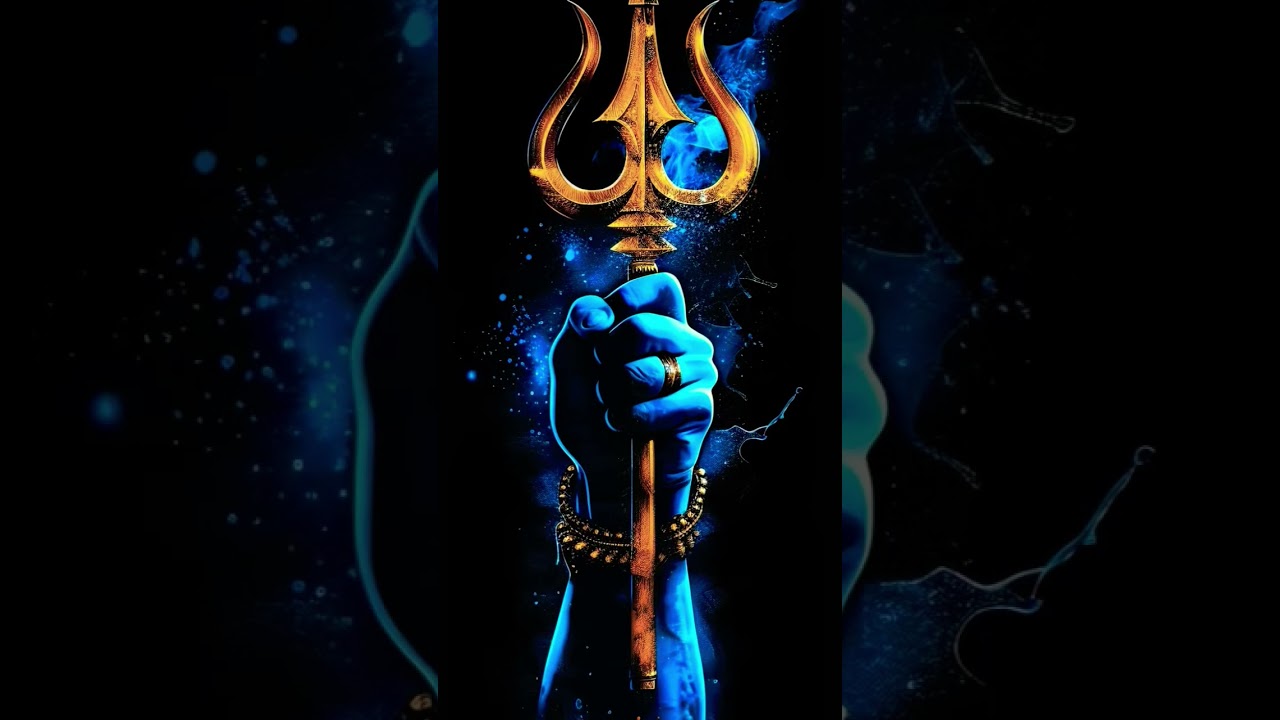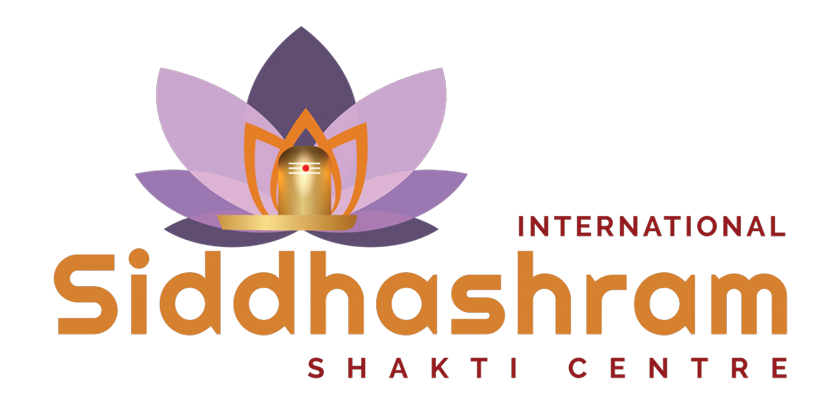
Decoding the Symbolism of the Trishul
Lord Shiva is known as a powerful god in Hinduism. If we try to paint a commanding and fierce image of himself, we see him draped in tiger skin with a Trishul or trident in one hand, a snake coiled around his neck, a crescent moon etched in his hair, and the gaze of a third eye fixed upon his forehead. All of these symbols are not just normal visuals but each holds a detailed story behind their presence.
Out of them, today we will uncover detailed information about the Trishul, or Trident, which is a great representation of more than just divine strength. It owns deep spiritual truths about life and consciousness. So, let us understand this meaningful and spiritual symbol in this blog.
How did Lord Shiva get the Trishul?
In Hindu mythology, if we look at the story of Vishnu Purana, it is said that a sun god, “Surya,” was married to “Sanjana,” the daughter of Vishwakarma. After their marriage, Sanjana found it difficult to bear the intense heat produced by her husband. So, she shared this concern to her father and requested support.
Vishwakarma appealed to Surya to decrease the intensity of heat and Surya also agreed to do this for the well-being of his wife. As Surya released the portion of the heat, Vishwakarma collected it and made a powerful three-pronged weapon called Trishul. After that, he gifted this weapon to Lord Shiva, and in this way, Shiva got the Trishul.
Symbolism Associated with Trishul
1. Creation, Preservation, and Destruction
It is one such popular reason given for the meaning of Lord Shiva’s trident. The three prongs of the trident are thought to symbolize the three principal deities of Hinduism. One prong stands for Brahma, the divine creator and origin of all life. One for Shiva Himself, who destroys or transforms. One for Vishnu, the preserver who maintains everything with equilibrium in nature. It is these three gods who embody the eternal processes of the universe- creation after destruction and destruction for new beginnings.
2. Human Qualities
If we look from a yogic philosophical angle, then we can say that nature (Prakriti) is composed of three fundamental “Gunas” (qualities): Sattva, Rajas, and Tamas. The three points of Lord Shiva’s trident signify each of these Gunas. Here is a detailed breakdown for all Gunas:
● Sattva for purity, harmony, and clarity
● Rajas for energy, action, and passion
● Tamas for darkness, inertia, and ignorance
It reflects Shiva’s power to govern all these aspects and his capacity to guide individuals in overcoming negative traits and attaining spiritual insight.
3. Different Aspects of Time
Time mainly has three directions: what was, what is, and what will be. The Trishul indicates Lord Shiva has a master in all these three time periods known as Trikaal and has control over it. Meditating on this symbolism reminds us to stay rooted in the present while also being aware of future patterns and past experiences.
4. Energy Channels
People say that the trident of Lord Shiva is nothing but the three main energy channels in our body—Ida, Pingala, and Sushumna. Ida and Pingala are the left and right energy channels that embody the feminine and masculine forces, respectively. The third channel, Sushumna, travels along the central core of the body and is connected to Kundalini energy. All of them are believed to be our internal spiritual power.
Also Read: What Does Shiva’s Third Eye Symbolize in Hinduism?
Why Does Lord Shiva Carry Trishul?
The trident is held by Lord Shiva as a symbol of his supreme strength and authority. It describes his role as an evil destroyer and preserver of the universe. Along with this, the Trishul is there to teach us control of our minds and to get rid of any kind of ego. The other meaning associated with holding a trident is that Lord Shiva can destroy the three lokas or worlds: Swarg-Heaven, Bhu-Earth, and Patal-Hell with his power.
Trishul in Modern Life
The power of this symbol remains timeless for all Hindu people. It works for us as a reminder of overcoming obstacles and achieving inner peace. Let it be a symbol for us to destroy the willingness that prevents our growth. This can be a means of overcoming negative thoughts and hurdles while instilling inner strength and determination. The three prongs teach us to have balance in life and sustain alignment between the physical, mental, and spiritual. This serves as a prominent symbol in Hindu temples and always gives us a reminder of faith and devotion.
Conclusion
In Hinduism, the trident, or Trishul, is regarded as an emblem of sacred power and deep spiritual meaning. Primarily deemed to be Shiva’s weapon, it also stands for all things that can be counted in three numbers. It gives a great lesson for us to learn how to balance the material, mental, and spiritual dimensions of our lives. Having a life with awareness and destroying something that no longer serves us are the best lessons we can get from this symbol.



